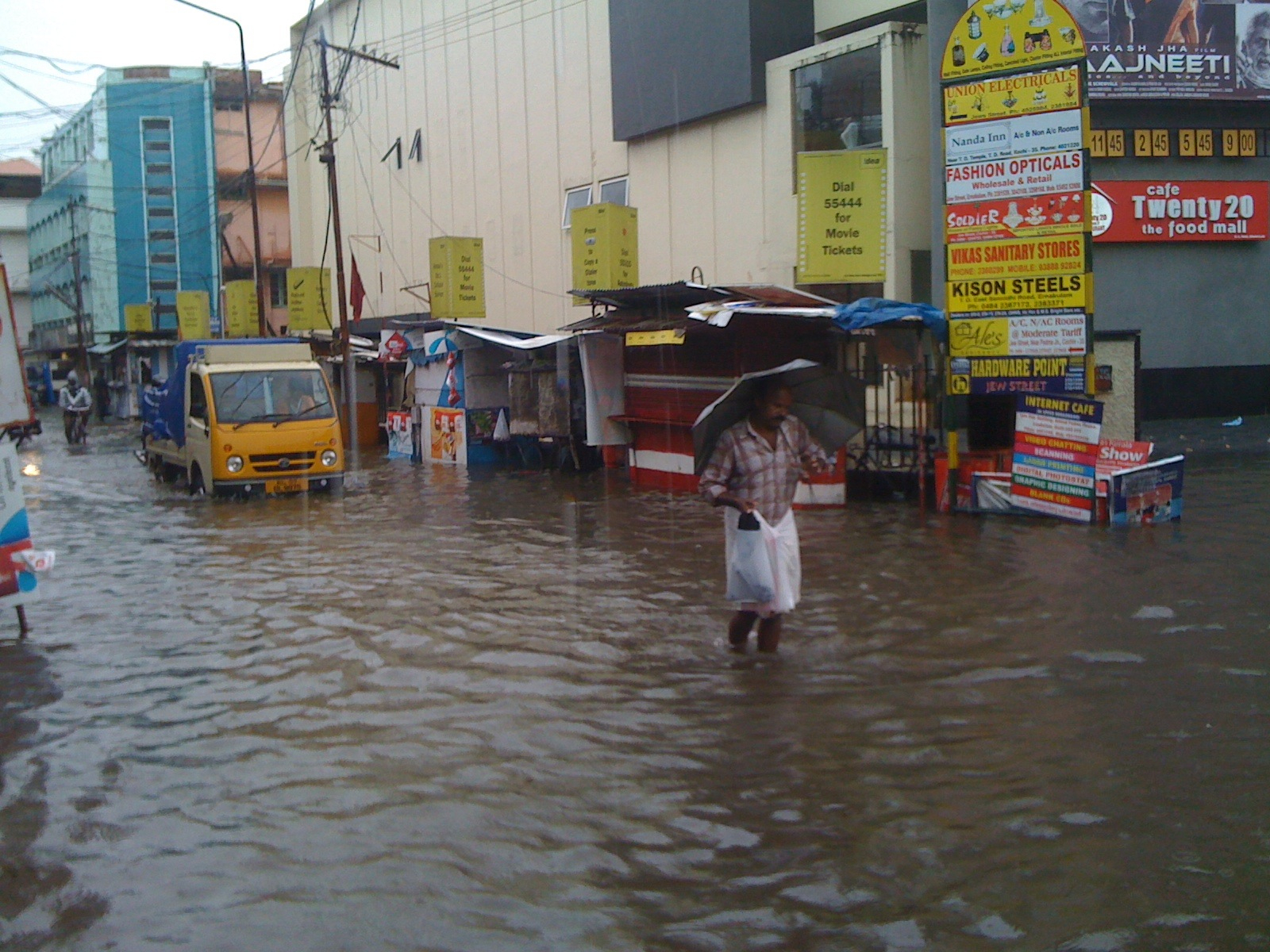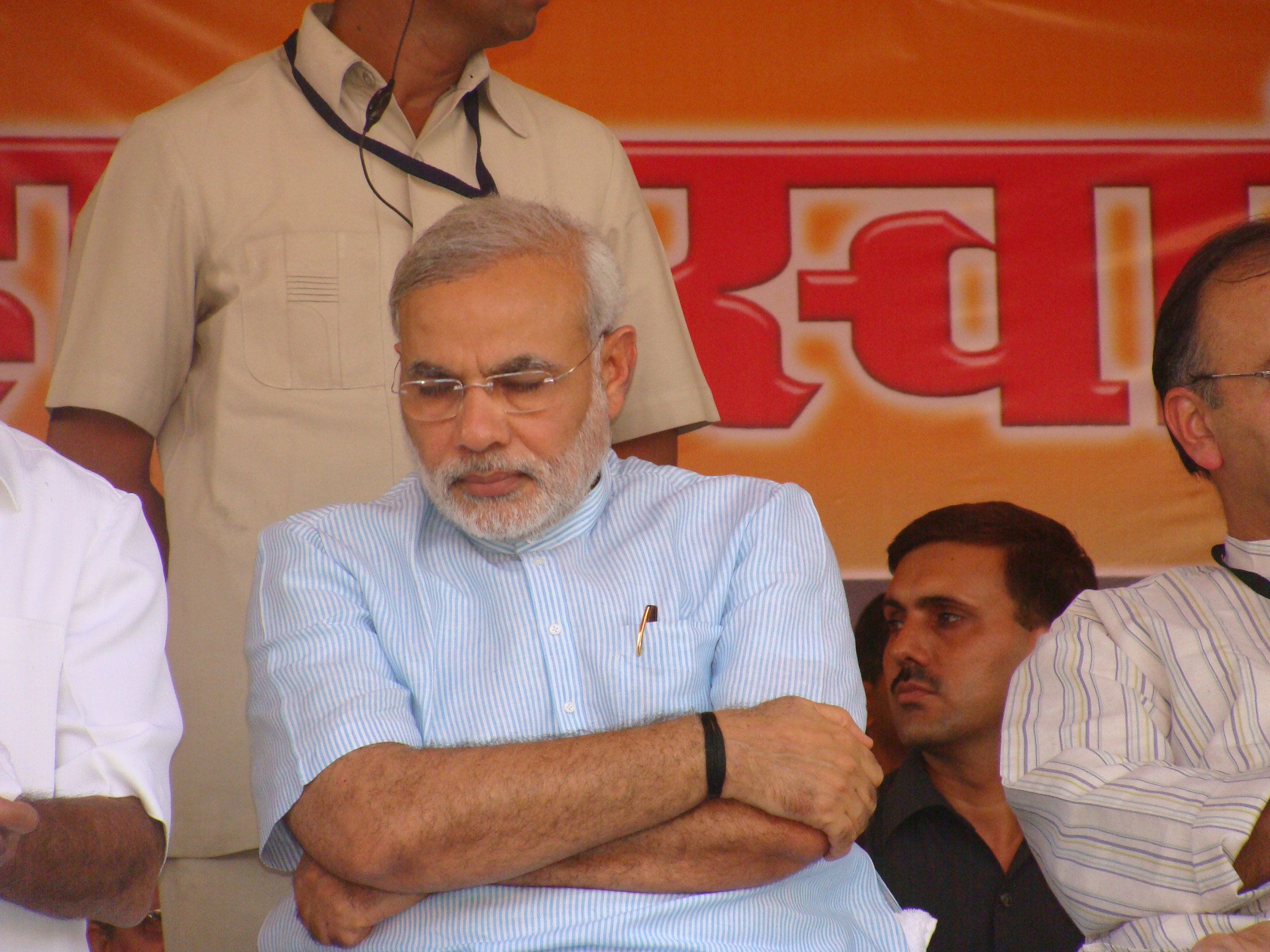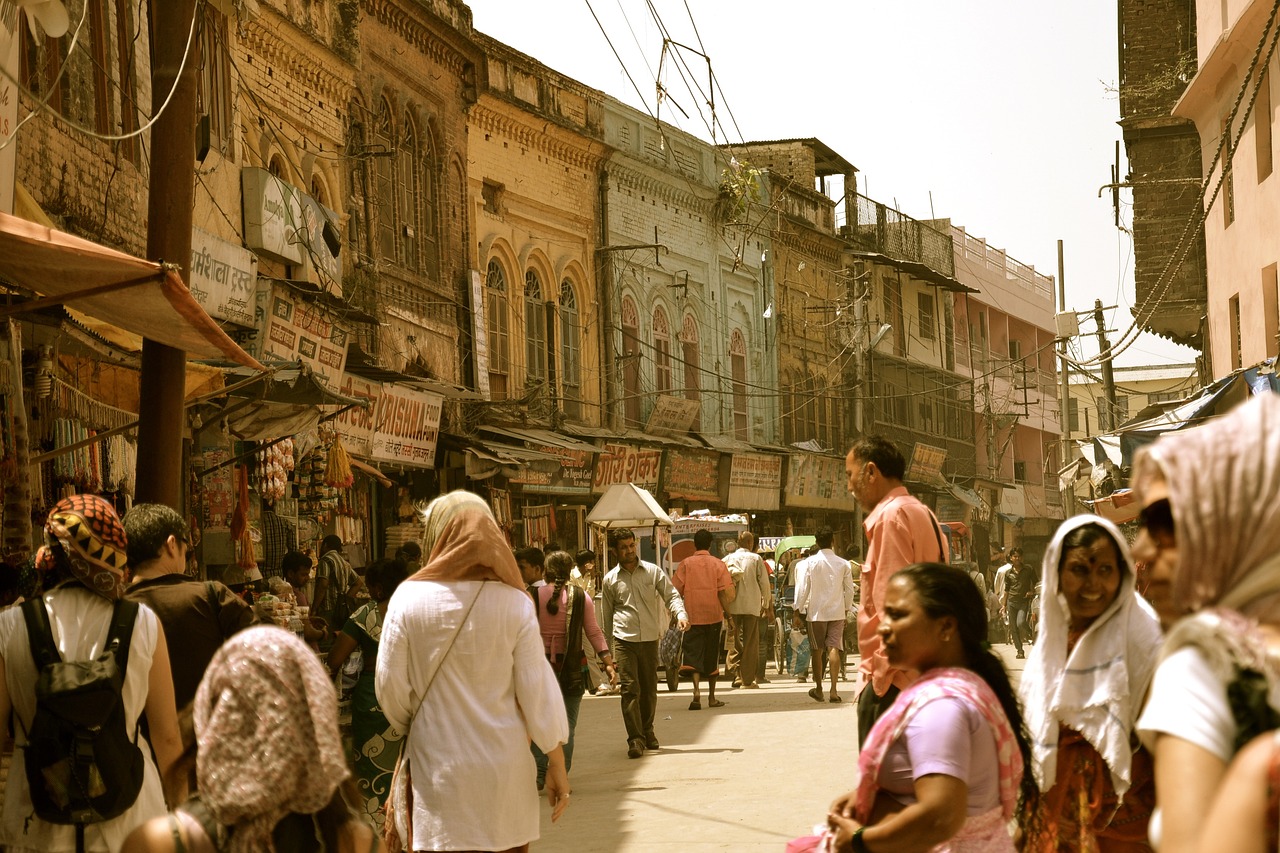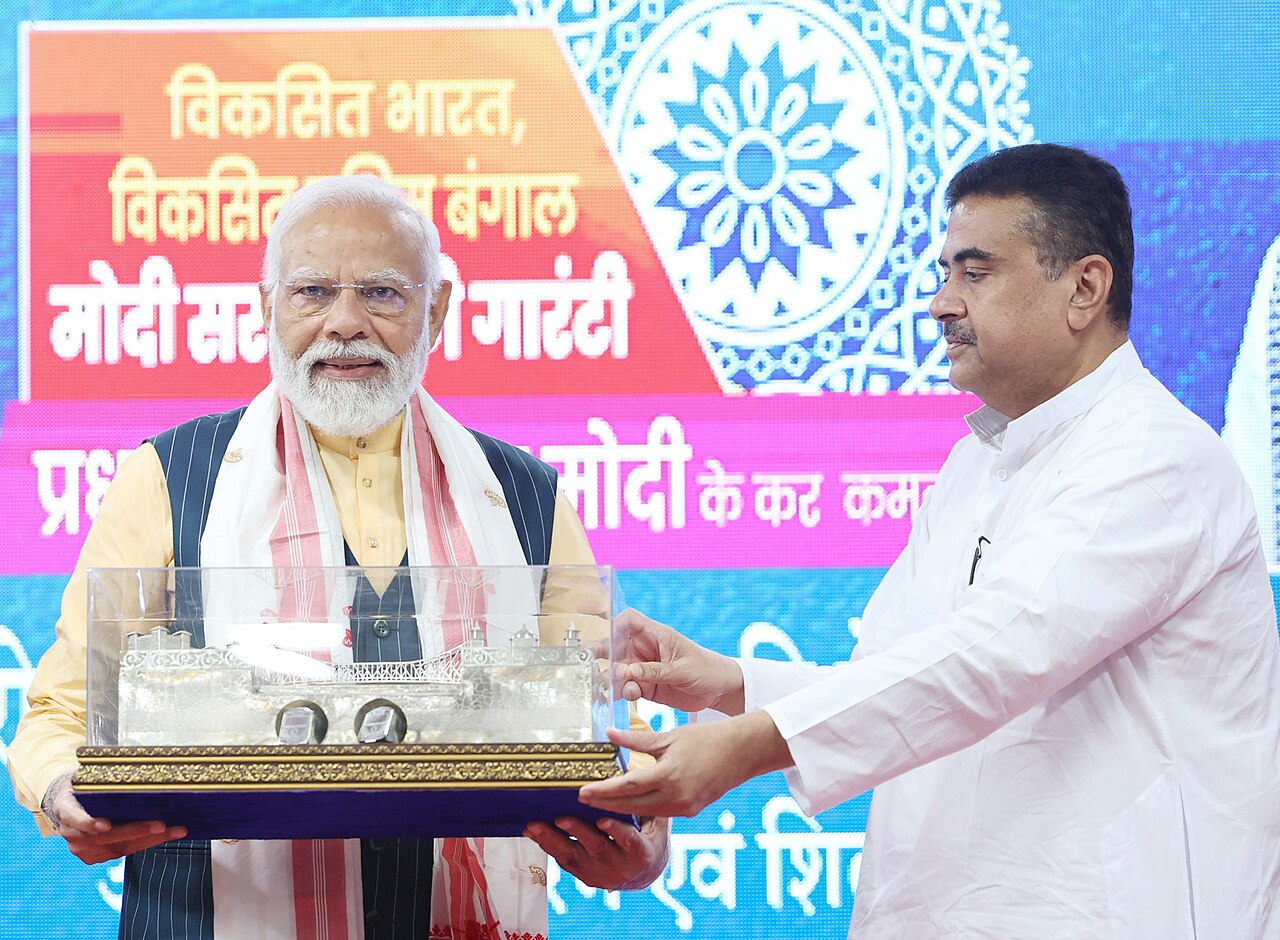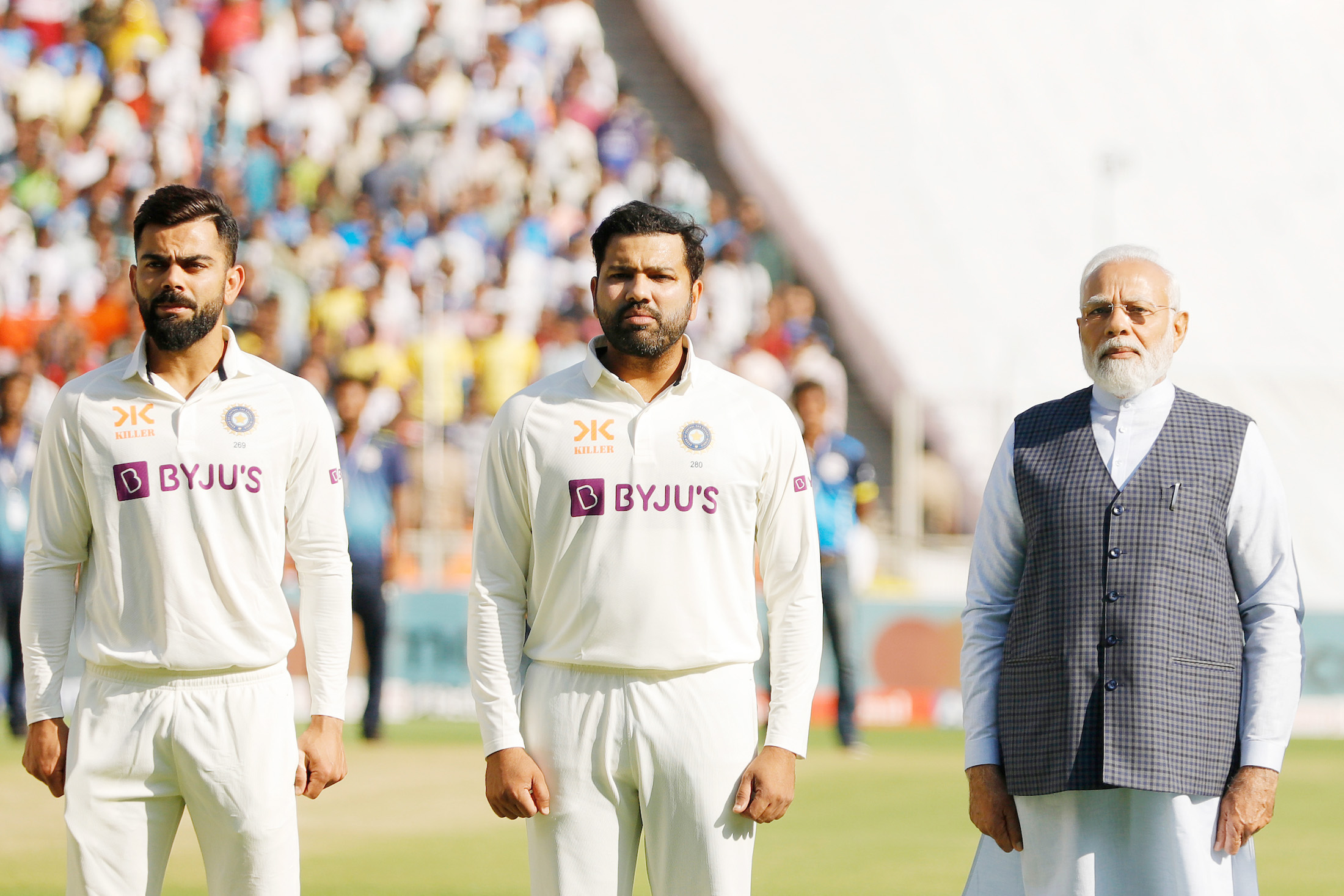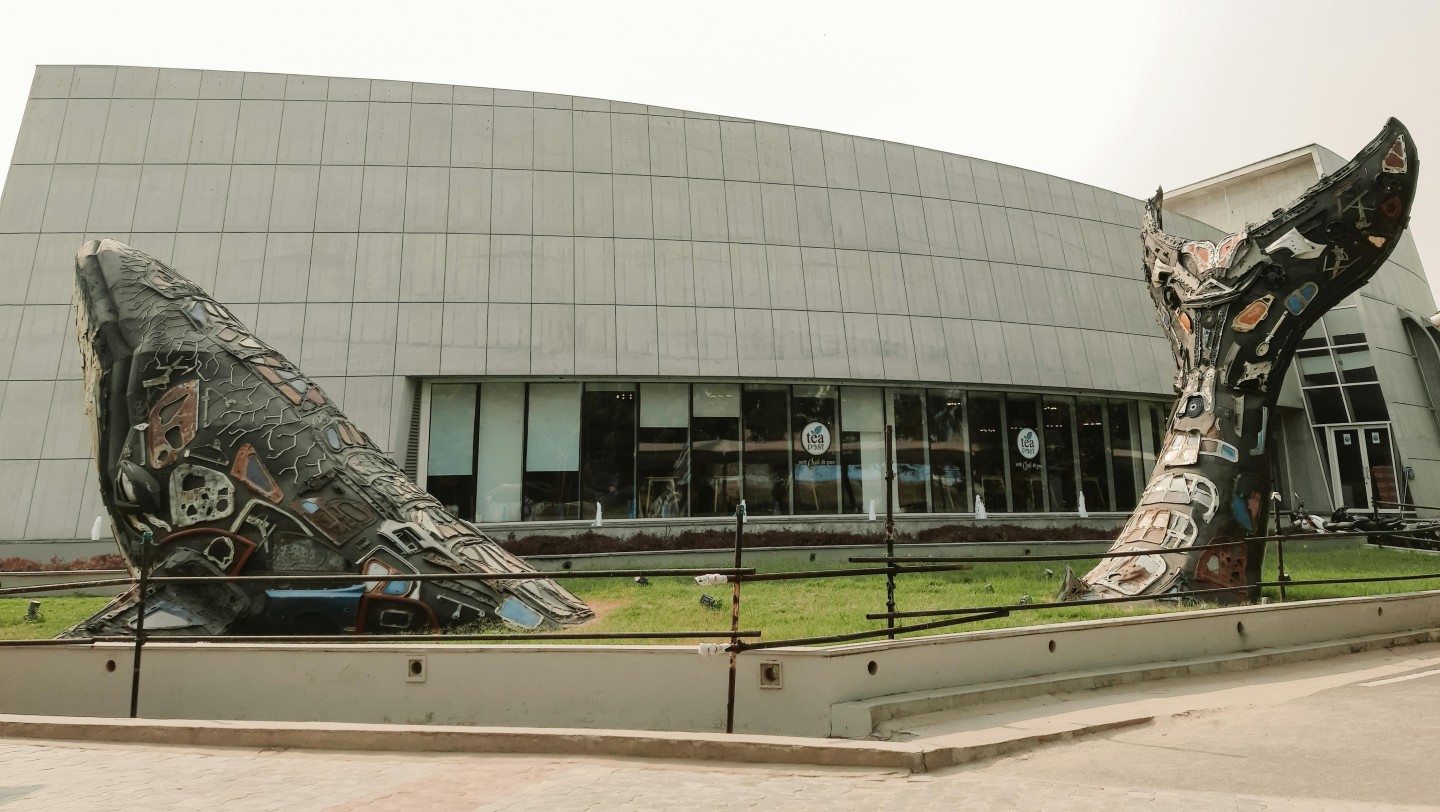Parliament’s hollowing out can only be checked, and reversed, by a successful electoral challenge to the Modi personality cult.
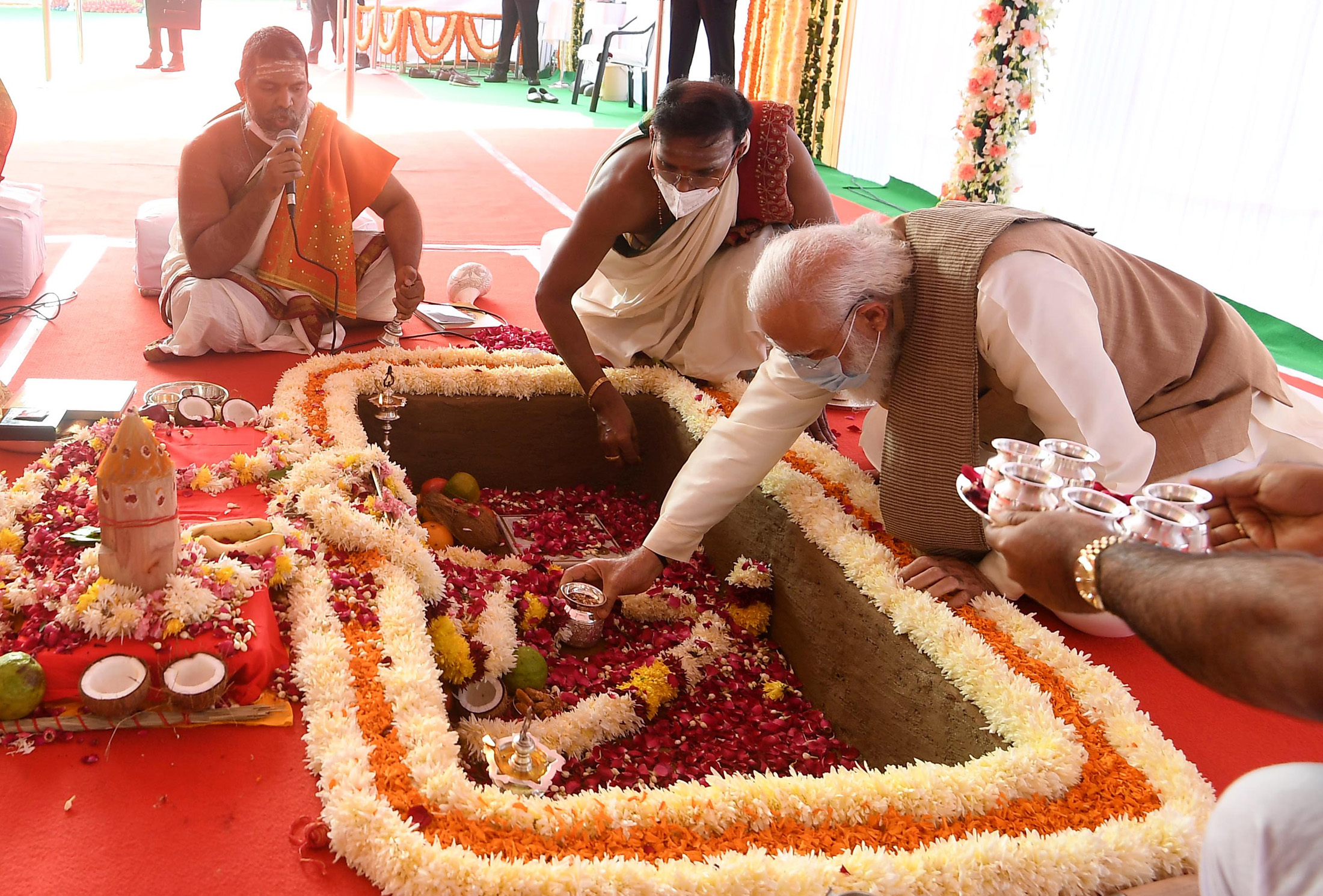 India’s Prime Minister Narendra Modi performing a Hindu ritual, ‘Bhoomi Pujan’, at the foundation stone laying ceremony of the country’s new parliament building : Press Information Bureau, Government of India
India’s Prime Minister Narendra Modi performing a Hindu ritual, ‘Bhoomi Pujan’, at the foundation stone laying ceremony of the country’s new parliament building : Press Information Bureau, Government of India
Parliament’s hollowing out can only be checked, and reversed, by a successful electoral challenge to the Modi personality cult.
A remarkable fact about Indian politics since independence is that no party, or pre-poll coalition, has ever won a majority of the nationwide vote in the 17 national elections between 1951-52 and 2019.
Even the Indian National Congress fell short of the 50 percent threshold in the country’s first post-Independence poll, despite its powerful legitimacy from the freedom struggle and organisational advantage over all rivals. A majority (55 percent) of Indians who voted in the founding election of India’s parliamentary democracy supported an assortment of opposition parties.
The plurality-based electoral mechanism gave the Congress party three-quarters of the seats, 364 of 489, in the first Lok Sabha. Under a proportional representation system, the Congress would have secured only 220 seats and been compelled to look for post-poll allies to form a coalition government with a working majority.
India’s political system largely replicates the model of Britain, its colonial ruler. It is a parliamentary democracy, with cabinet government headed by a prime minister which is constituted from the majority party or coalition in the legislature. The prime minister is accountable to parliament.
How India’s parliament is elected is also copied from the British prototype. The Lok Sabha (House of the People) consists of members elected from 543 single-member constituencies across the country, and the candidate who wins the single largest share (plurality) of the votes polled is elected from each constituency.
The Congress’s dominance of India’s polity lasted four decades, until the end of the 1980s. Its highest share of the vote in nine national elections during that period was 48 percent in December 1984, which gave the party a brute parliamentary majority—nearly four-fifths of the Lok Sabha.
This system has usually yielded decisive legislative majorities for the frontrunner party which wins the single largest share of the popular vote, even when that share is a relatively slender plurality.
This makes India’s democracy vulnerable to the proverbial “tyranny of the majority” — not the tyranny of the popular majority per se, but of whoever has the parliamentary majority.
In India’s 16th general election, which swept Narendra Modi to power in May 2014, his Hindu nationalist Bharatiya Janata Party (‘Indian People’s Party’, BJP) ran candidates in 428 of the 543 constituencies.
The majority threshold in the Lok Sabha is 272. The BJP won in 282 constituencies, mostly in northern and western India, and achieved an outright majority in the directly elected chamber of India’s parliament, the first time any party had done so in 30 years since Congress last did in 1984 (the year it achieved its largest share of the popular vote).
The BJP’s nationwide vote share, which yielded a slim majority of 52 percent in the Lok Sabha, was 31.3 percent (small BJP-allied parties got another 6 percent of the popular vote).
In 2019, the BJP vote share rose to 37.4 percent from the 437 constituencies it contested and Modi returned to power with a modestly enhanced majority of 303, while small BJP-allied parties polled another 8 percent of the popular vote.
When Modi arrived, after winning the 2014 election, at the stately, imposing 1920s New Delhi building constructed by the British which housed independent India’s parliament until 2023, he touched his forehead to the threshold and hailed it as a “temple of democracy”.
The record of the last ten years shows that Modi has no more than an instrumental relationship with parliamentary democracy.
The creature who paid docile obeisance at the temple of democracy was fully exposed once Modi was resoundingly returned to office in May 2019.
In six months following that return, the second Modi government, flush with victory, railroaded two major and highly contentious legislations in brute-majoritarian style through parliament: the Jammu and Kashmir Reorganisation Act (August 2019) and the Citizenship Amendment Act (December 2019).
The decline of the centrality of parliament to India’s political edifice pre-dates Modi’s election as prime minister, but since 2014, and especially during the second Modi government (2019-2024), parliament has been systematically emasculated in a way unprecedented in India’s bumpy journey as a parliamentary democracy.
Its role has been reduced to ramming through a variety of contentious laws using brute majorities, and celebrating Modi’s purportedly visionary leadership.
The sittings of parliament’s two chambers have been curtailed to a bare minimum, and complaints by opposition members that they are not allowed to raise issues and properly interrogate the government have proliferated, culminating in the mass suspension of 146 opposition members in December 2023.
India has had leaders autocratic by disposition at the helm before.
Indira Gandhi was one. But she was driven by a desire to concentrate power in her person and ensure dynastic succession.
Modi is driven not just by craving for personal glory but by the ideological project of the “family” of Hindu nationalist organisations led by the Rashtriya Swayamsevak Sangh, of which he has been a lifelong member, to turn India into a Hindu nationalist republic.
As that project has taken on a leader-centred form under Modi, parliament has become a forum for table-thumping and rubber-stamping the initiatives and decisions of the executive. That executive essentially consists of the cabal of two who run the government, Modi and Amit Shah, his chief enforcer and home (interior) minister.
The signs are India’s parliamentary democracy may not be saved.
In federal systems, a powerful upper chamber of parliament can act as a check on majoritarianism and abuse of executive power. But India is not federal, and — as in Britain — its bicameral parliament has a relatively weak, indirectly elected upper chamber, the Rajya Sabha (House of the States). The BJP is now by far the single largest party in the 250-strong Rajya Sabha, not much short of an outright majority.
That the Supreme Court, India’s apex judiciary, cannot be expected to intervene as a saviour has been brutally exposed by its two landmark rulings during the second Modi government.
In November 2019, when it turned over the site of the mosque in north India infamously razed by Hindu nationalists three decades ago to the very same Hindu nationalists, paving the way to the inauguration of a massive Hindu temple there by Modi this January; and in December 2023, when it upheld as lawful and constitutional the draconian Kashmir legislation enacted in August 2019.
Last year, the Modi government moved India’s parliament from its longstanding home — the stately 1920s New Delhi building — to a garish, newly constructed complex adjacent to the old structure.
The hollowing out of India’s parliamentary democracy can only be checked, and reversed, by a successful electoral challenge to the Modi personality cult and the ideological project of turning India into a Hindu nationalist republic.
That, for now, appears beyond the capacities of India’s disparate, fragmented, leaderless and rudderless opposition.
But unless such a challenge miraculously materialises before or during the probable third Modi term which is set to begin in June, the cavernous new parliament will become an echo chamber, and a sad monument to a parliamentary democracy stripped of substance and reduced to its trappings.
Sumantra Bose, a comparative political scientist, held a Chair in International and Comparative Politics at the London School of Economics for two decades. He is the author of eight books including Kashmir at the Crossroads: Inside a 21st-Century Conflict. His next book, The Modi Era: India and the Story of a Democracy in Eclipse, will be published in 2025
Originally published under Creative Commons by 360info™.




